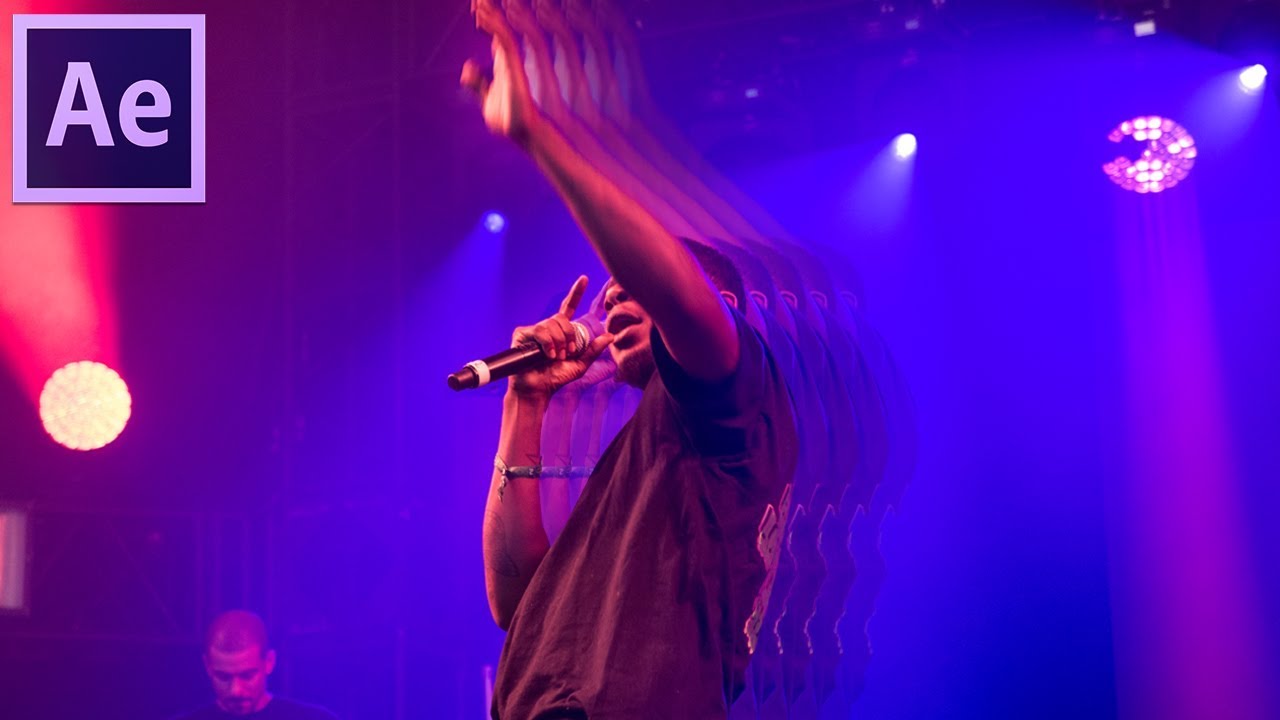
Introduction: In the realm of motion graphics and visual effects, the Echo effect in Adobe After Effects stands as a powerful tool for creating mesmerizing and dynamic animations. Inspired by the concept of persistence of vision, the Echo effect generates trails or duplicates of moving elements, creating a sense of motion blur, repetition, and temporal distortion. From dreamy motion trails to abstract visual effects, the Echo effect offers endless possibilities for creative expression and experimentation. In this comprehensive guide, we’ll delve into the intricacies of using the Echo effect in After Effects, exploring its functionalities, applications, and advanced techniques for harnessing its full potential.
Understanding the Echo Effect: The Echo effect in Adobe After Effects generates multiple copies or echoes of moving elements within a composition, creating a trail or sequence of repetitive images over time. By defining parameters such as echo time, number of echoes, and decay rate, artists can control the appearance and behavior of the echoes, achieving a variety of visual effects, including motion blur, trails, and temporal distortion. Whether used for enhancing motion graphics, adding dynamic effects, or creating surreal visual experiences, the Echo effect provides unparalleled flexibility and creativity for crafting compelling animations.
Getting Started with the Echo Effect: To begin using the Echo effect in After Effects, follow these steps:
Step 1: Apply the Echo Effect: Select the layer or footage to which you want to apply the Echo effect in the After Effects timeline. Navigate to the Effects & Presets panel and search for the “Echo” effect. Apply the effect to your layer by dragging it onto the desired layer or by selecting the layer and double-clicking the effect in the panel.
Step 2: Customize the Echo Settings: Once the Echo effect is applied, you’ll have access to a variety of parameters for customizing its appearance and behavior. These parameters include:
- Echo Time: Define the interval between each echo by setting the echo time value. This determines the spacing or duration between consecutive echoes and controls the speed and frequency of the motion trails.
- Number of Echoes: Specify the number of echoes or copies generated by the effect. Adjusting the number of echoes creates more or fewer repetitions of the moving element, affecting the intensity and density of the motion trails.
- Echo Operator: Choose from different echo operators such as Add or Maximum to control how the echoes blend or interact with each other. Experiment with different operators to achieve varying visual effects and blending modes.
- Decay: Adjust the decay rate of the echoes to control how quickly they fade or diminish over time. Increase the decay value for a more gradual fade-out or decrease it for a sharper and more abrupt decay.
Step 3: Animate the Echo Properties: Animate the properties of the Echo effect to create dynamic and expressive animations. Use keyframes to animate parameters such as echo time, number of echoes, and decay rate over time. Experiment with different animation styles, timing, and easing to achieve dynamic and engaging motion effects.
Step 4: Explore Advanced Techniques: Once you’re comfortable with the basics of the Echo effect, explore advanced techniques and creative applications to elevate your animations to the next level. This may include:
- Layer Interactions: Experiment with layer interactions and blending modes to create complex and dynamic visual effects. Use blending modes such as Add, Multiply, or Screen to blend echoes with other layers in your composition, creating unique and surreal compositions.
- Color and Opacity Effects: Apply color grading and opacity effects to the echoes to create visually striking and atmospheric animations. Experiment with color adjustments, gradients, and transparency settings to add depth, mood, and dimensionality to your motion trails.
- Texture Mapping and Distortion: Use texture mapping and distortion effects to add texture and complexity to the echoes. Apply texture layers, displacement maps, or fractal noise effects to create dynamic patterns, ripples, and distortions within the motion trails, adding visual interest and complexity.
- Masking and Rotoscoping: Incorporate masking and rotoscoping techniques to selectively apply the Echo effect to specific areas or elements within your composition. Use masks to reveal or hide portions of the echoes, creating dynamic transitions, reveals, or effects.
Conclusion: The Echo effect in Adobe After Effects offers a versatile and powerful tool for creating dynamic and visually engaging animations. Whether used for enhancing motion graphics, adding visual effects, or creating surreal visual experiences, the Echo effect provides endless possibilities for creative expression and experimentation.
As you embark on your journey to master the Echo effect in After Effects, remember to embrace experimentation, iteration, and innovation. Explore new techniques, push the boundaries of your creativity, and let your imagination soar as you craft mesmerizing animations that captivate and inspire. With dedication, practice, and a willingness to explore new possibilities, you’ll unlock the full potential of the Echo effect and create animations that leave a lasting impression on your audience.